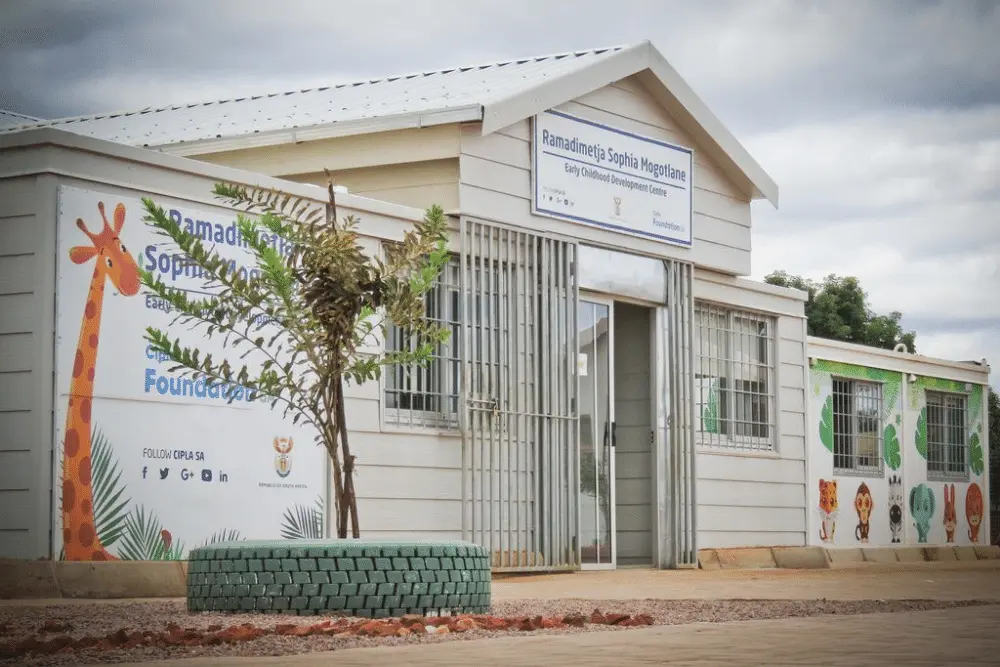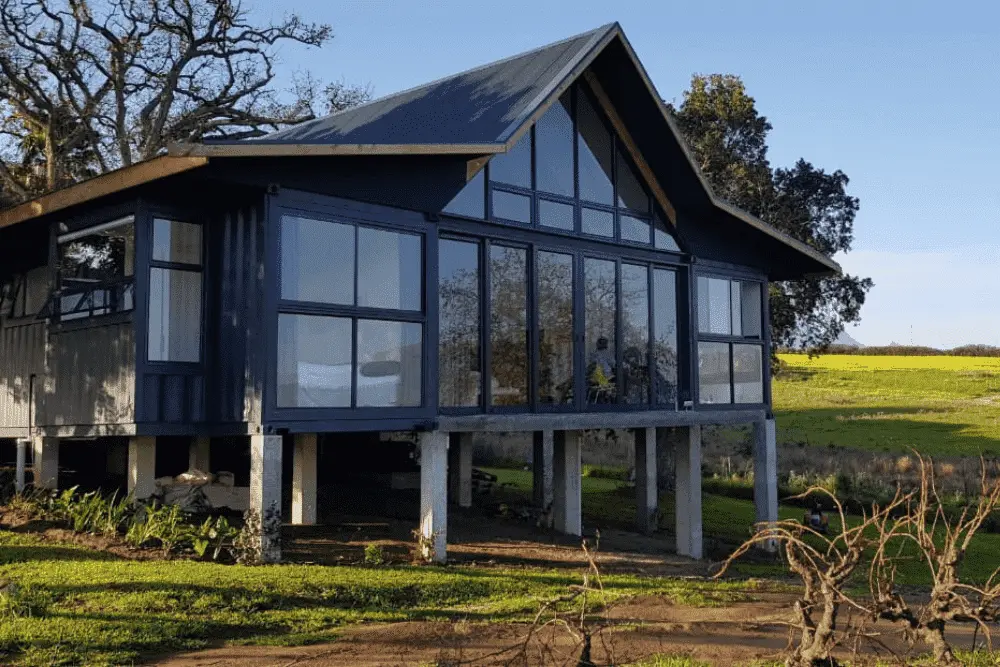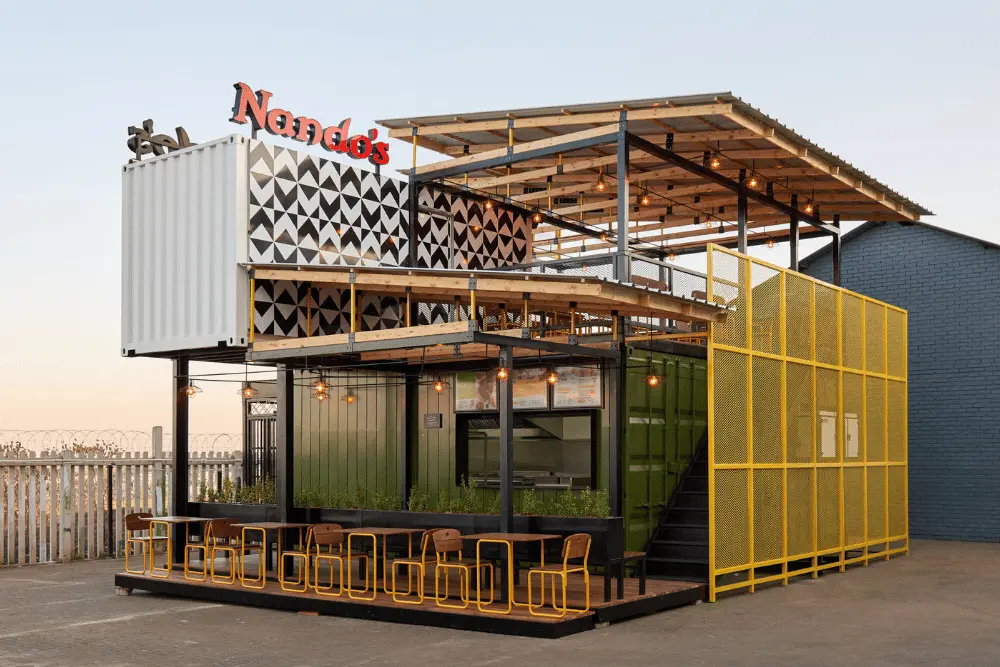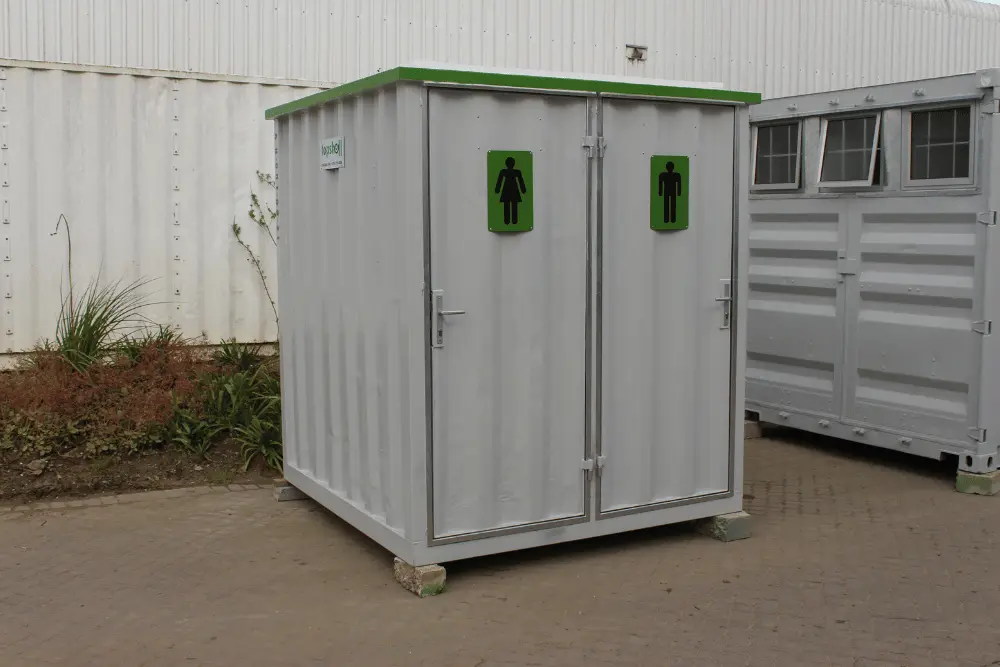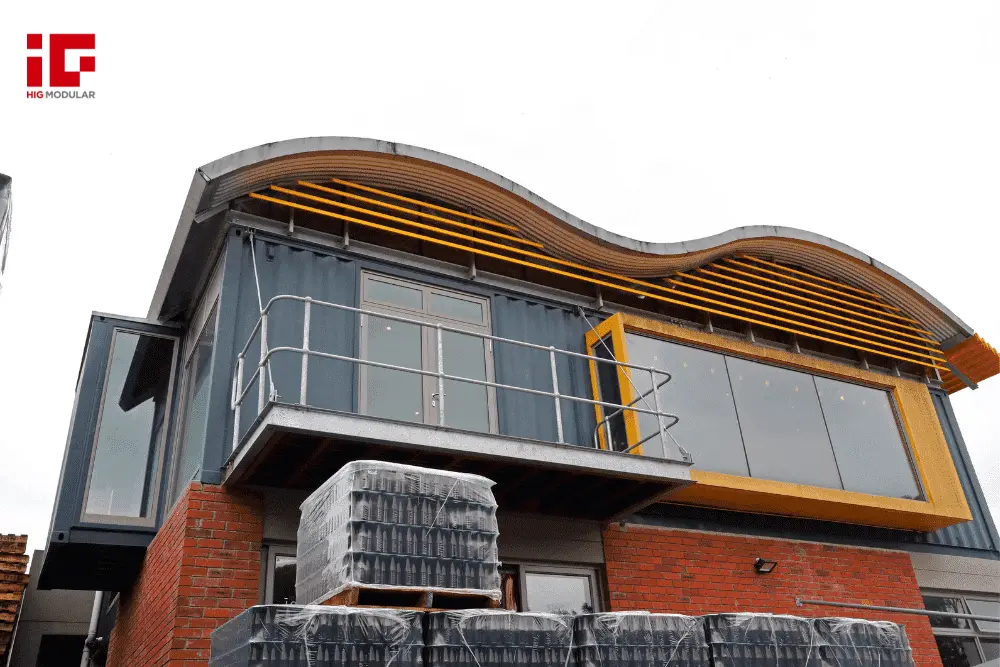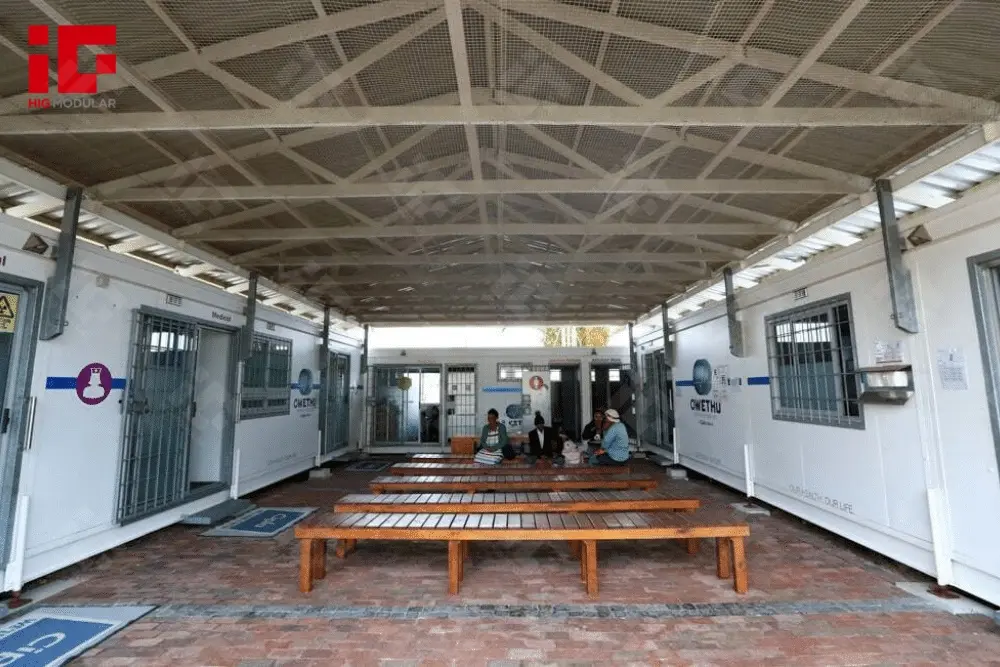News Categories
Featured News
0102030405
Space Capsule House: Redefining Modern Living with Futuristic Design and Smart Technology
2025-07-02
In an era where architecture and technology converge, the Space Capsule House emerges as a groundbreaking solution for hospitality and outdoor living. Combining avant-garde aesthetics with intelligent functionality, this modular structure has become a sought-after choice for boutique hotels, glamping resorts, and eco-conscious homeowners. Its sleek, sci-fi inspired design isn’t just a visual statement—it’s a testament to how innovative engineering can transform space into an immersive experience.
Futuristic Aesthetics: A Visual Leap into the Future
The Space Capsule House shatters conventional architectural norms with its streamlined, oval-shaped silhouette. Clad in 2.5/2.0mm aviation anti-corrosion fluorocarbon aluminum plates, its outer shell mimics the sleekness of space-age capsules, creating an instant visual landmark in any setting. This design isn’t purely cosmetic: the aerodynamic shape reduces wind resistance, making it suitable for coastal or high-wind areas, while the reflective aluminum exterior minimizes solar heat gain.
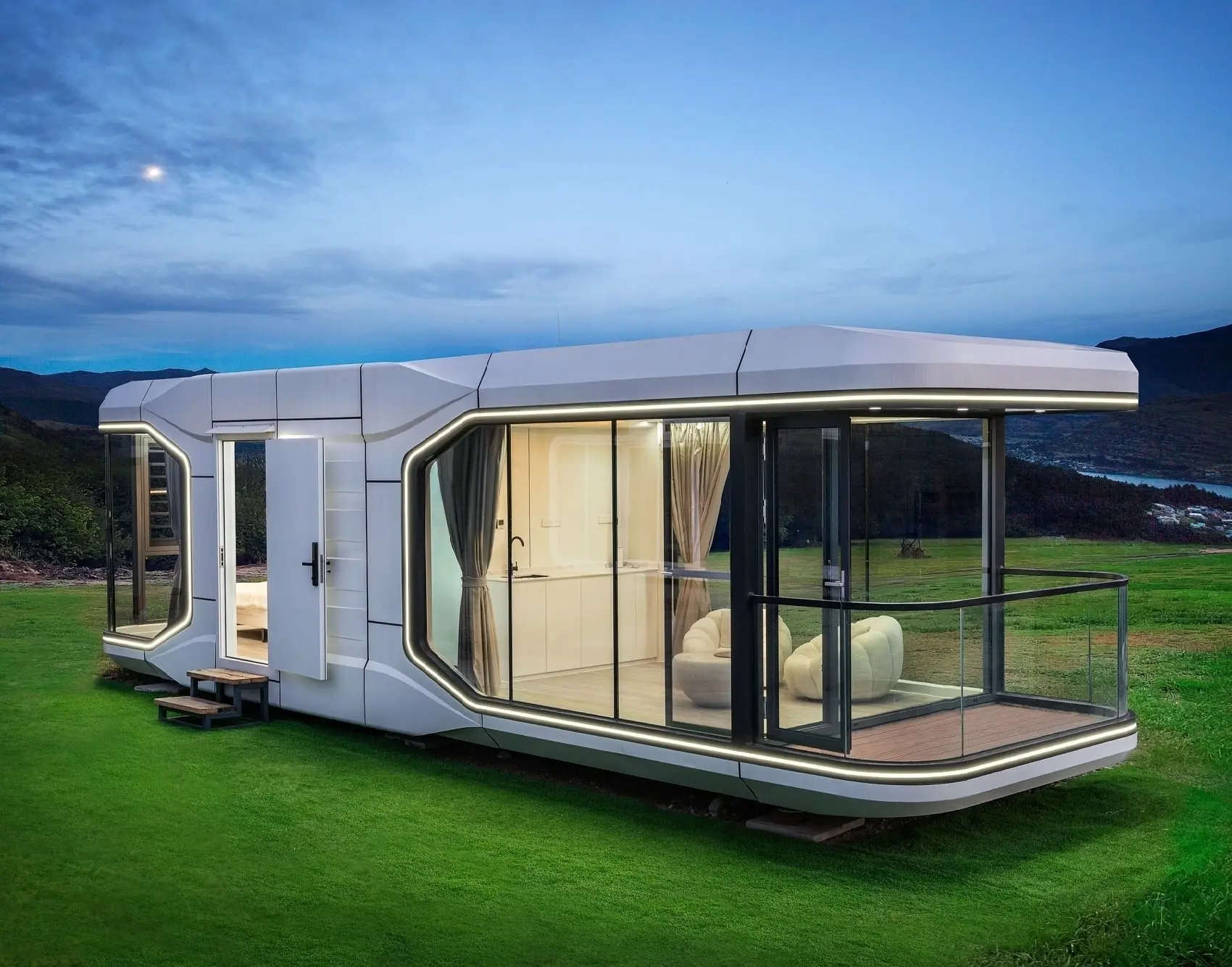
In mountain resorts or forest retreats, the capsule’s futuristic look contrasts strikingly with natural landscapes, attracting guests seeking Instagram-worthy stays. A luxury glamping site in Japan’s Fuji-Hakone-Izu National Park reports 30% higher booking rates for its capsule accommodations, citing the “otherworldly ambiance” as a key draw.
Smart Home Integration: Technology at Your Fingertips
At the core of the Space Capsule House is its intelligent guest control system, which redefines convenience. The customized card insertion power system automatically activates lighting, climate control, and entertainment upon entry, while hotel-grade intelligent door access (supporting keys, passwords, or card swipes) enhances security. Inside, the space can integrate voice-activated assistants, smart thermostats, and even AI-powered lighting that adjusts to circadian rhythms.
For hospitality operators, this means streamlined management: owners can monitor energy usage, adjust settings remotely, and even pre-cool units before guests arrive via a mobile app. A case study from a European eco-resort shows that smart systems in capsule houses reduced energy consumption by 25% compared to traditional cabins.
Robust Engineering: Durability Meets Efficiency
The capsule’s construction prioritizes longevity and performance:
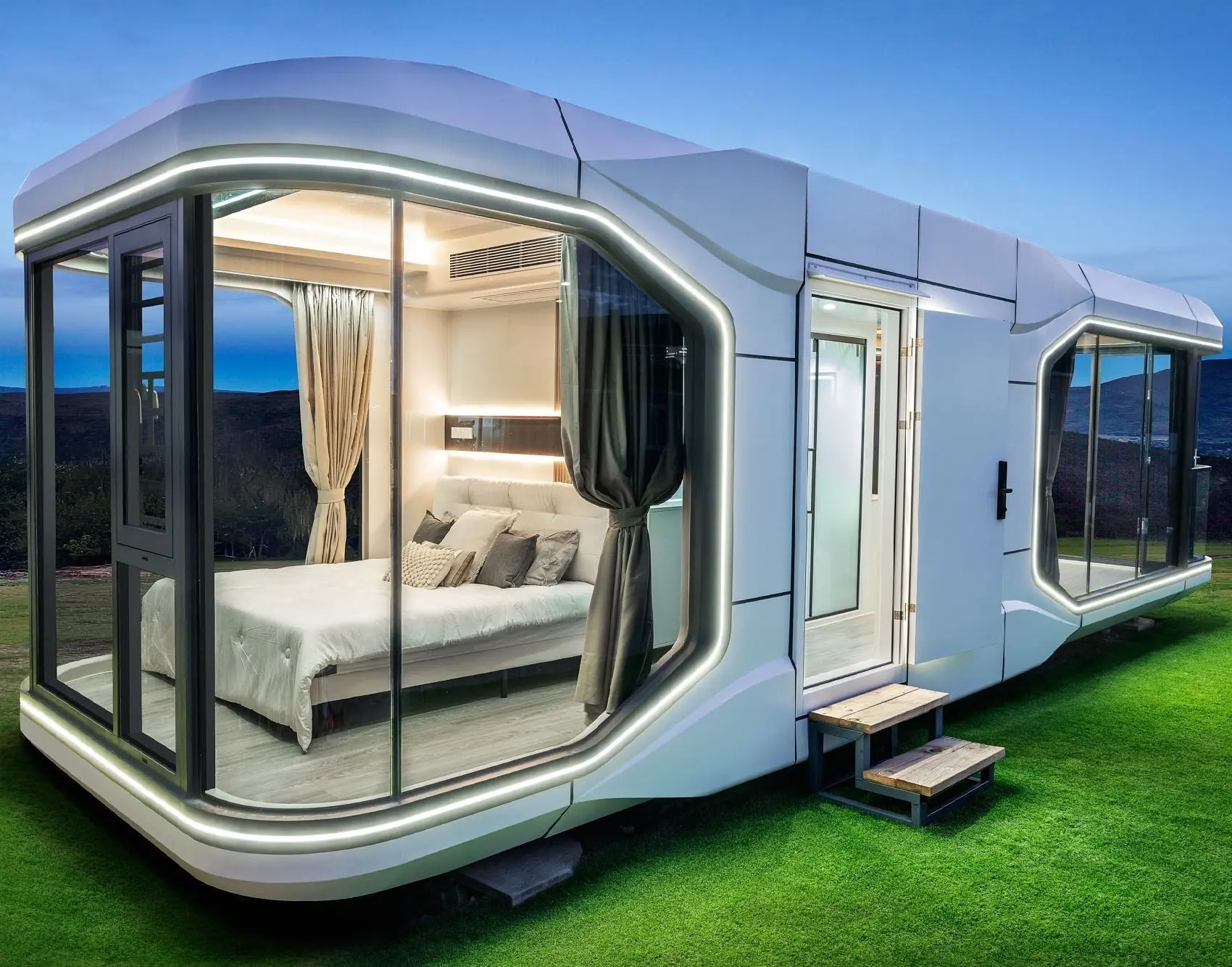
- Main frame: 4.0mm hot-dip galvanized steel with anti-corrosion treatment ensures resistance to rust and harsh weather.
- Insulation: 80–100mm polyurethane foam layers provide exceptional thermal efficiency, keeping interiors cool in summer and warm in winter.
- Waterproofing: A multi-layer system (crystalline silicon baseboards, waterproof adhesive) guarantees leak-proof durability, even in heavy rain.
These features make the Space Capsule House ideal for remote locations. In New Zealand’s South Island, a capsule lodge withstands year-round mountain weather, requiring minimal maintenance despite harsh conditions.
Space Optimization: Maximal Function in Minimal Footprint
With 38㎡ of space, the capsule house maximizes every inch through thoughtful design:
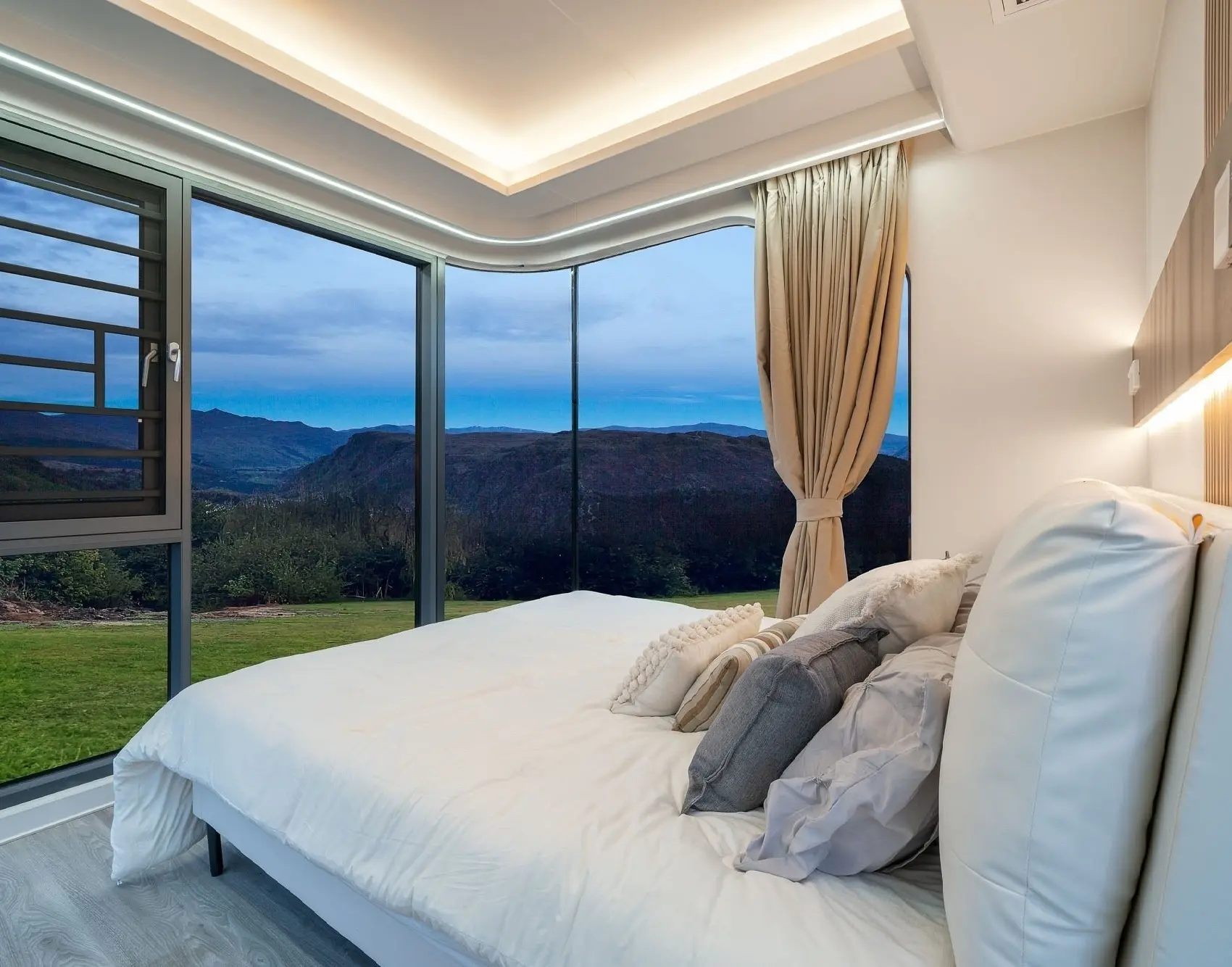
- Modular interiors: Standard color crystalline silicon boards on walls and ceilings create a seamless, modern look, while multi-layer solid wood floors add warmth.
- Bathroom efficiency: A compact yet fully equipped bathroom includes a 5+0.76PVB+5 glass shower partition, anti-slip tiles, and three-in-one heating-ventilation-lighting systems.
- Storage solutions: Built-in cabinets and clever nooks compensate for the lack of bulky closets, appealing to minimalist travelers.
Future Trends: The Evolution of space capsule living
1. Sustainable Innovations
The next generation of capsule houses will embrace eco-friendly tech:
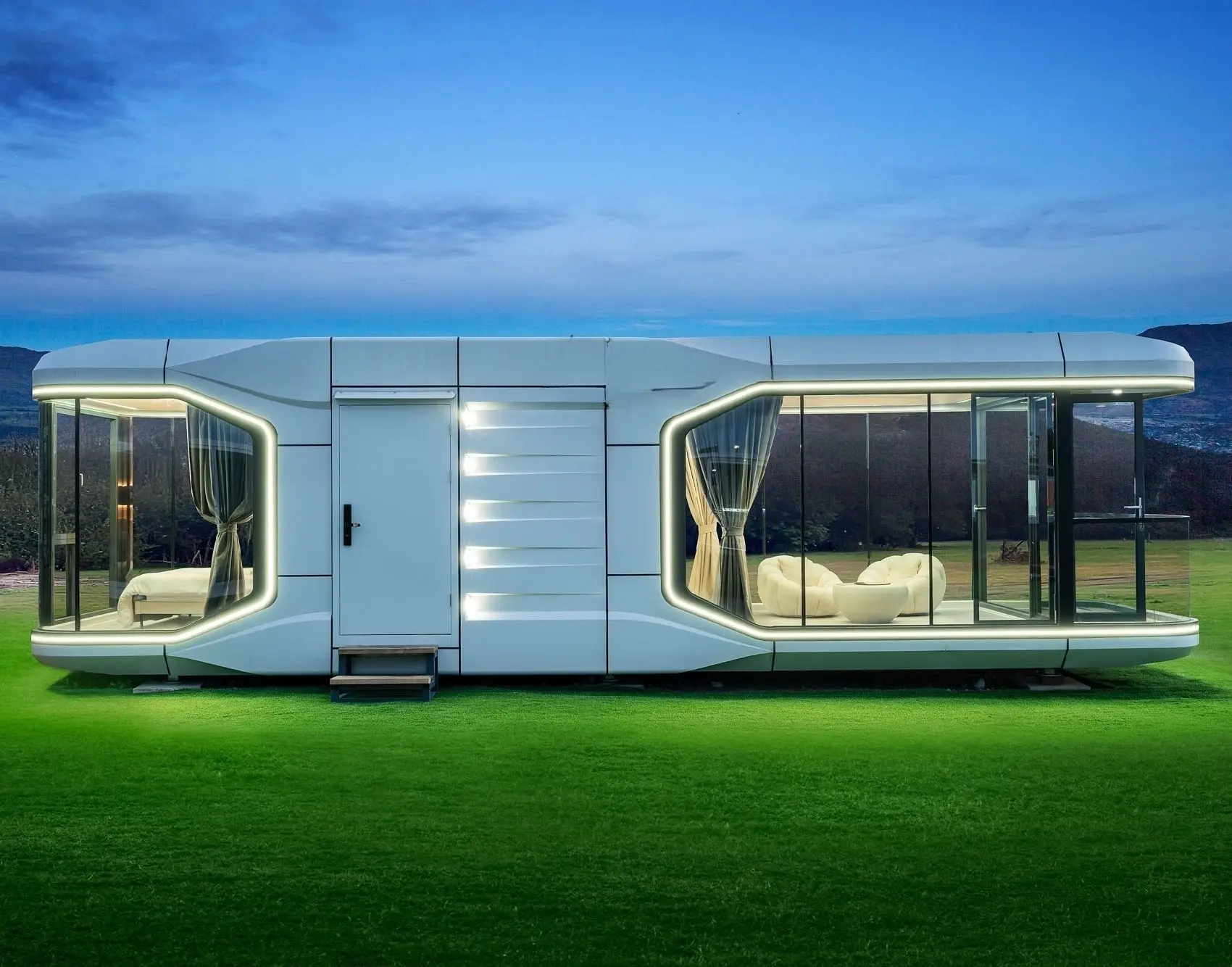
- Solar integration: Thin-film solar panels on the aluminum exterior could generate 12KW of power, offsetting energy needs.
- Rainwater harvesting: Built-in systems to collect and filter water for toilets and showers.
- Recycled materials: Use of post-industrial steel and bio-based insulation foams.
2. AI-Driven Personalization
AI will transform the capsule experience:
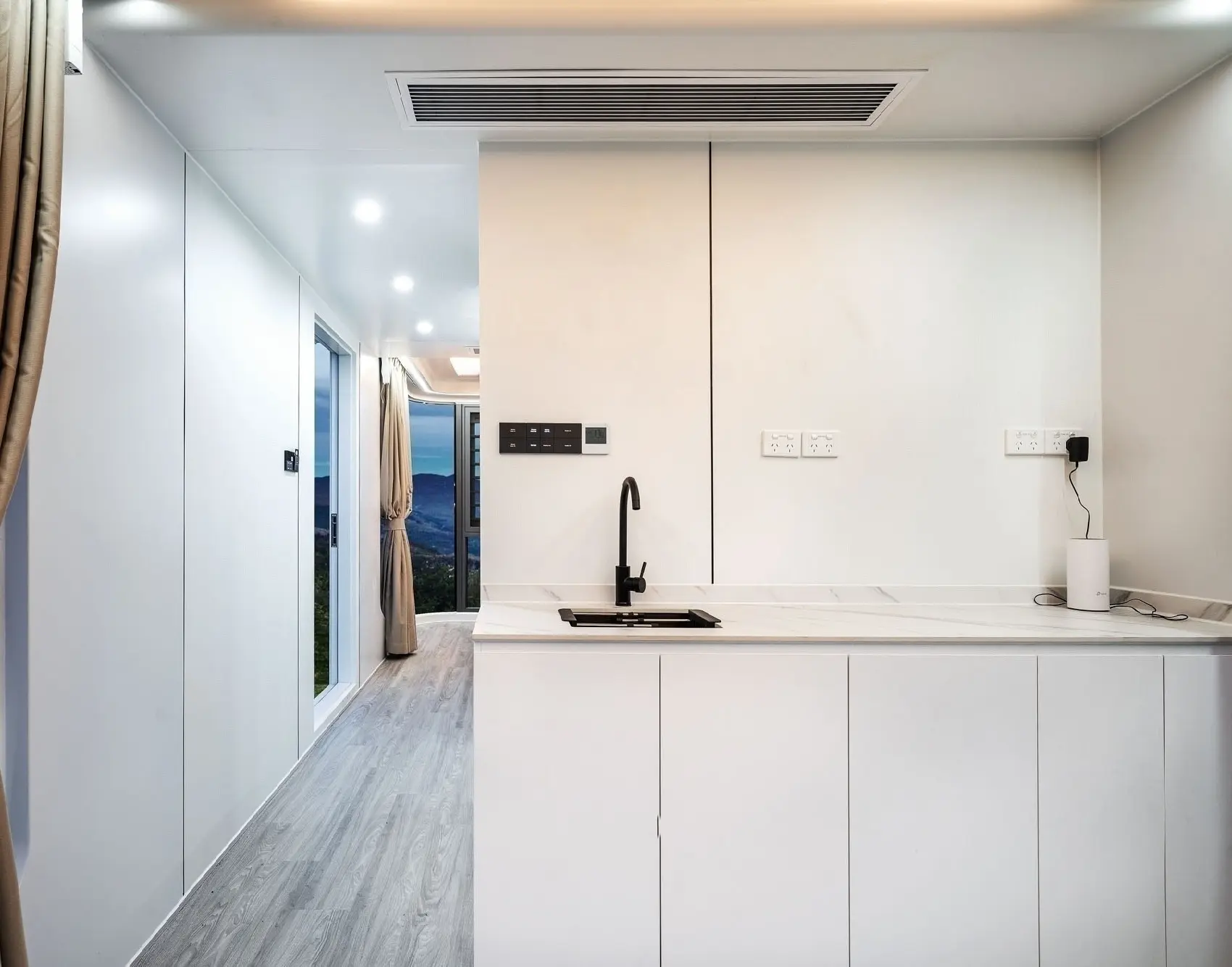
- Predictive comfort: Systems that learn guest preferences (temperature, lighting) and adjust automatically.
- Virtual concierges: AR interfaces guiding guests through amenities or local attractions.
- Health monitoring: Discreet sensors tracking air quality or occupant vital signs (ideal for wellness retreats).
3. Modular Expansion
Future capsules may feature expandable designs:
- Folding extensions: Pop-out sections that increase floor space by 50% when deployed.
- Stackable units: Multi-story configurations for urban micro-hotels.
- Quick-deploy systems: Flat-pack capsules that assemble in hours for disaster relief or temporary housing.
4. Cross-Industry Applications
Beyond hospitality, capsules will enter new sectors:
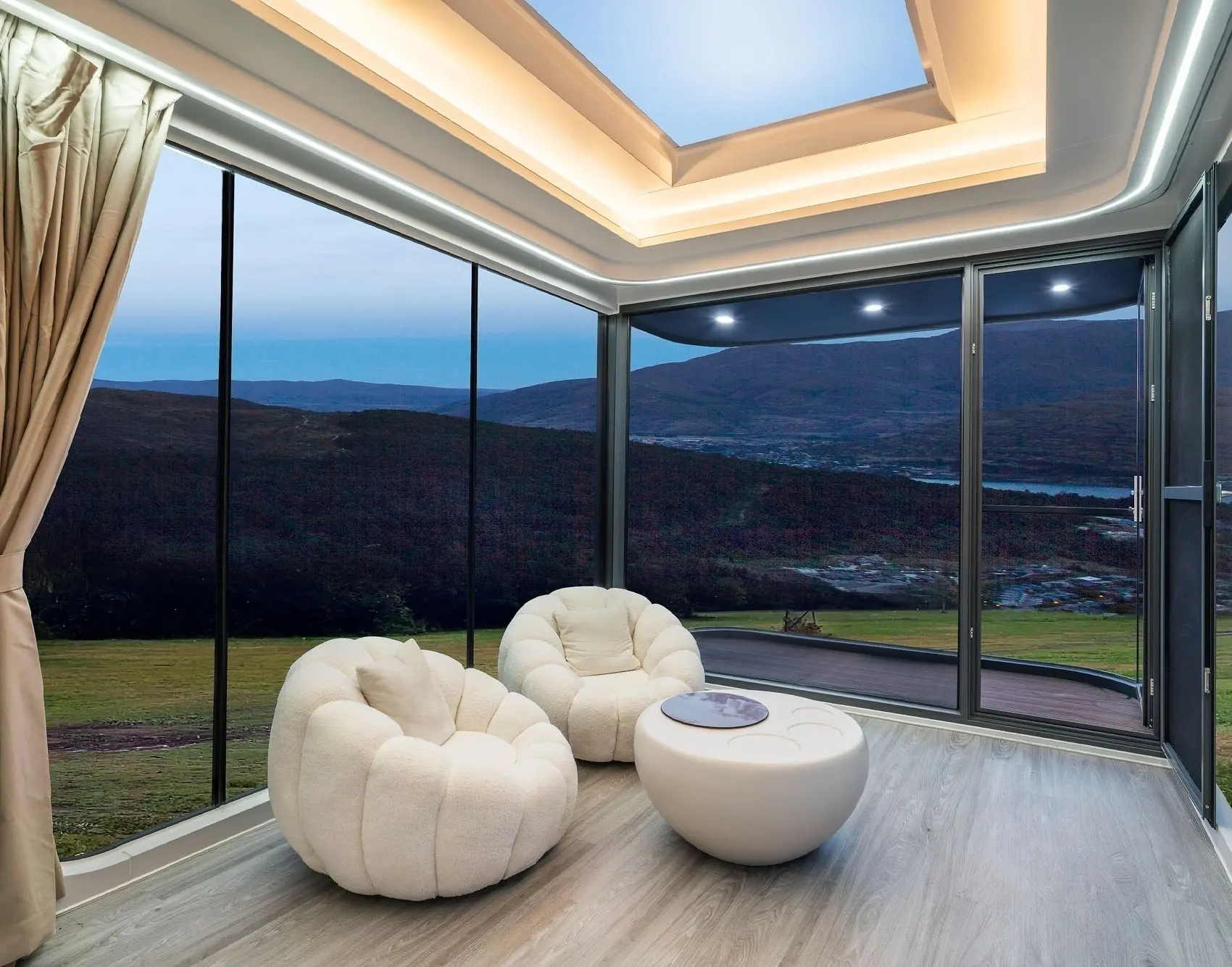
- Medical pods: Mobile clinics with built-in diagnostic equipment.
- Research stations: Remote scientific outposts in polar regions or rainforests.
- Education hubs: Tech-equipped classrooms for rural communities.
Conclusion
The Space Capsule House isn’t just a lodging option—it’s a vision of how technology and design can reshape our relationship with space. By merging futuristic aesthetics, smart functionality, and robust engineering, it offers a blueprint for sustainable, adaptable living. As AI, green tech, and modular architecture advance, these capsules will evolve from novel accommodations to essential components of a flexible, future-ready world.


